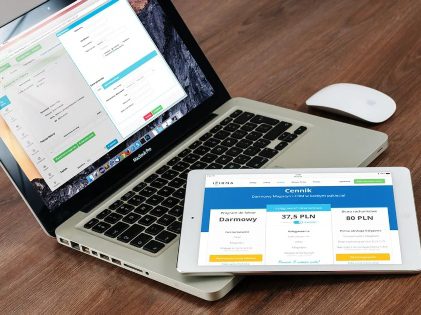Even before the COVID-19 pandemic struck, many Americans were either self-employed or engaged in a side hustle. Over 27 million taxpayers reported their income to the IRS as sole proprietors in the year 2018. After the COVID-19 mayhem, several people lost their jobs. Post that, 4.3 million Americans kick-started their new business in 2020. Whether you are involved in gig work or a regular employee, you will be in a financially advantageous position if you have proper knowledge about the special tax benefits and the traps associated with being self-employed. Below are five things a self-employed individual must know about taxes.
A Gig Worker Needs to Pay Taxes
 Whether a freelance consultant, a tutor, a jewelry maker, an Uber driver, etc., their income is taxable. They will have to report how much you are earning from any self-employment on their federal income tax return if it is $400 a year or more. It doesn’t matter how they receive payments.
Whether a freelance consultant, a tutor, a jewelry maker, an Uber driver, etc., their income is taxable. They will have to report how much you are earning from any self-employment on their federal income tax return if it is $400 a year or more. It doesn’t matter how they receive payments.
It doesn’t matter if they don’t receive a 1099 tax form from the people who paid them. When you are self-employed, you keep your feet in a world where you have to adhere to the tax rules, face tax burdens, and avail of tax benefits such as new deductions as well as great opportunities for retirement savings.
You Might Have to Pay Taxes Four Times in a Year
 When in a regular job, the employer will retain your taxes every time they pay you. However, if you are self-employed, it’s your responsibility to pay taxes. If you earn from a side job, you can adjust what your employer retains with the help of a W-4 form.
When in a regular job, the employer will retain your taxes every time they pay you. However, if you are self-employed, it’s your responsibility to pay taxes. If you earn from a side job, you can adjust what your employer retains with the help of a W-4 form.
If you are working in a job that does not retain the taxes, you have to determine how much you need to pay in taxes and shell out a quarterly payment via Form 1040-ES. The due dates for each quarter are April 15, June 15, September 15, and January 15.
You might have to pay a large sum despite your earnings being modest. Credit cards are a great medium to build a nice credit score. However, you need to ensure that you don’t overstretch your limit and incur a deep debt. Since you are self-employed, you must pay the employee’s and the employer’s share of Medicare and Social Security taxes – around 153% of your total income. If you fail to shell out the same every four months, you will have to pay an exorbitant amount when filing the annual tax return. Besides this, there will be an interest charge of around 3%.
There Can be Plenty of Deductions

One way of cutting down your tax bill is by deducting a few business expenses against the income you rake in from self-employment. The business expenses you can deduct can be related to your business meals, car, travel, office supplies, professional dues, so on and so forth. There are two types of people – one, who don’t want to record their expenses, and two, who don’t know how not to record their expenses.
The home office deduction has been denied to regular employees since 2018. This applies even to those who are working from home due to the pandemic restrictions. The qualifying criteria are that the home office must be a space used for regular business purposes. Your drawing room, dining room, or bedroom don’t fall in that category.
Document All Expenses
Keeping all the expenses documented is mandatory. For that, you require a good system through which you can track your earnings and your expenses. To make things easier, you can have a separate bank account. For all the expenses regarding your business, you can use a separate credit card. In case you are using your card, maintain receipts of all the expenses you make.
Self-employed people make the mistake of setting aside almost nothing for retirement. If you are a self-employed person, you might not have a 401(k) account. Despite that, you should put away a substantial amount of money for your retirement. Remember, you won’t have the same retirement benefits as full-time workers. So, you must talk to your financial advisor and build your retirement funds. That way, when you decide to hang up your boots and take a break from working, you will have substantial funds at your disposal.




